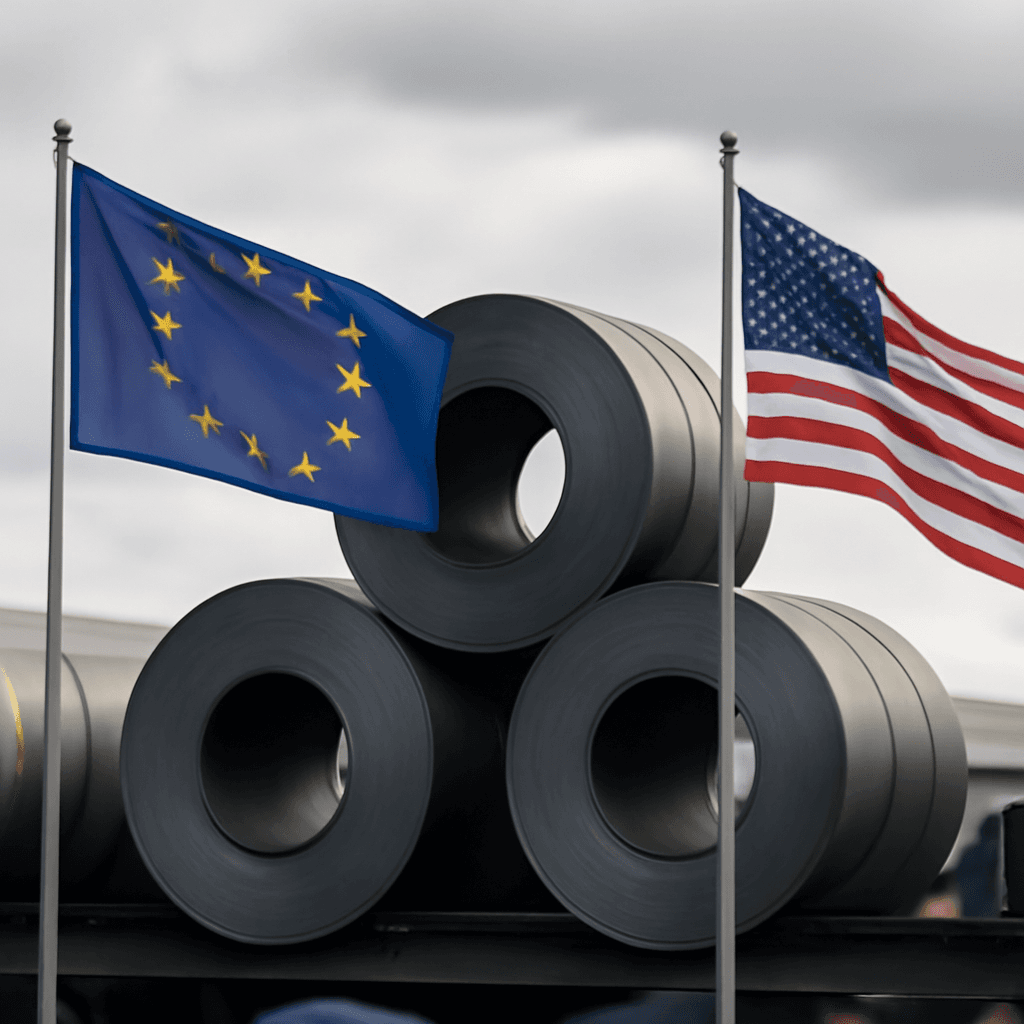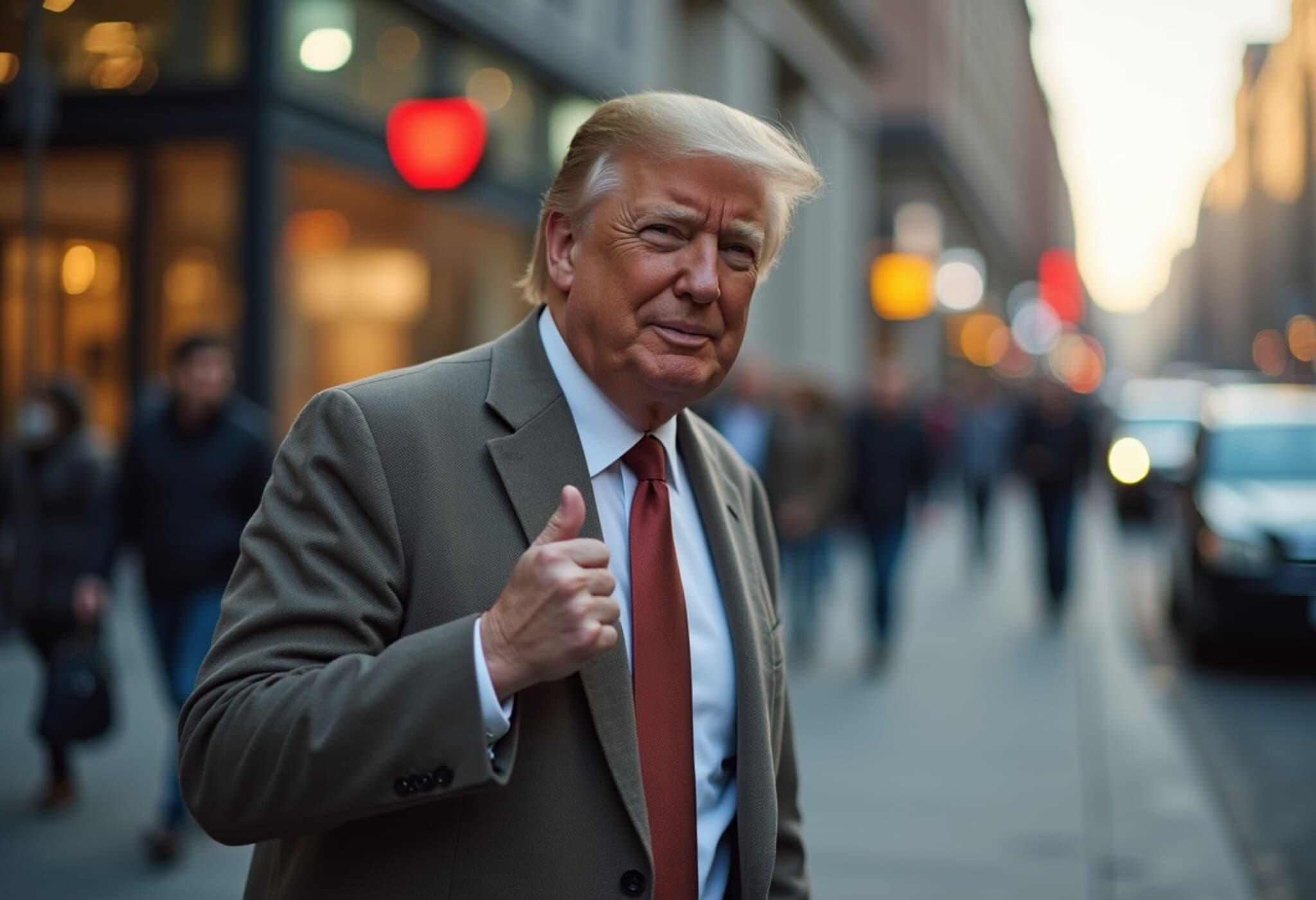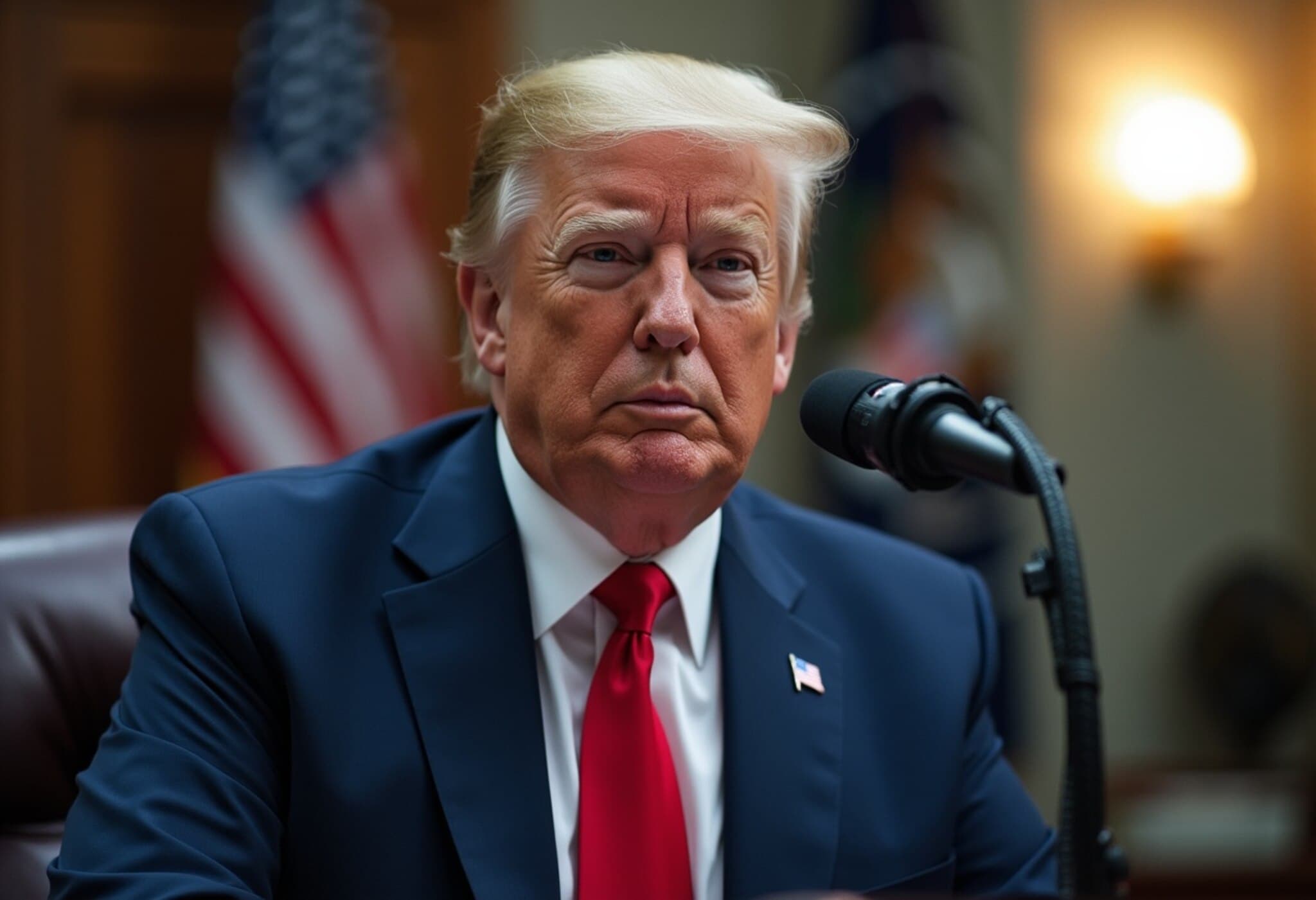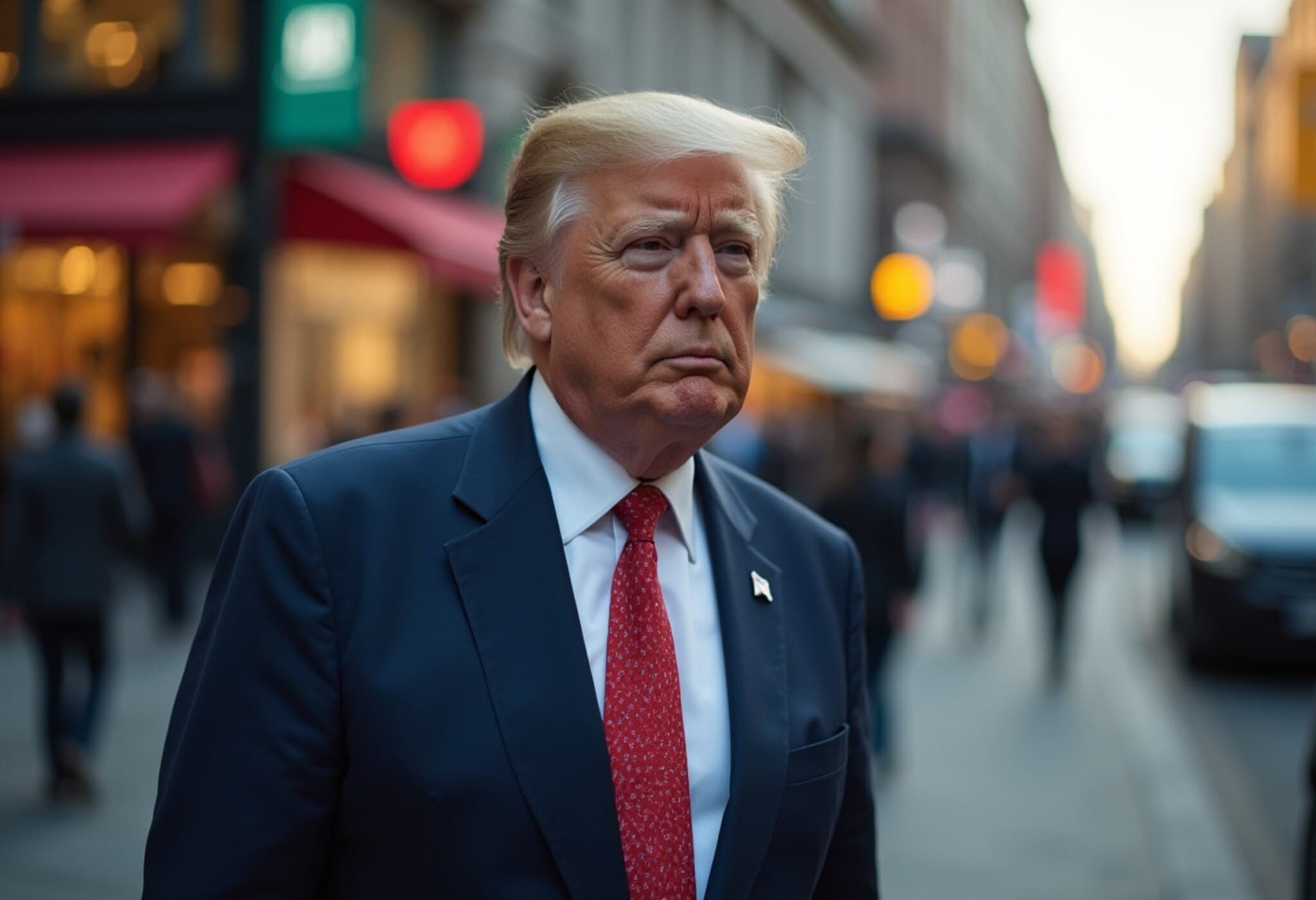US Inflation Climbs to 2.7% as Tariff Pressures Mount
In a recent announcement by the US Bureau of Labor Statistics (BLS), inflation edged higher to a 2.7% annual rate in June 2025, up from 2.4% in May, catching the attention of economists and investors alike. This upswing in the Consumer Price Index (CPI) signals renewed inflationary pressures as uncertainty looms over expanding tariffs imposed under former President Donald Trump’s trade policies.
A Closer Look at Inflation Drivers
The 0.3% monthly rise in prices, higher than the 0.1% observed in May, was fueled significantly by rebounding fuel costs at the pump — a key contributor given its ripple effect across multiple sectors. When stripping out volatile food and energy prices, the so-called "core CPI" rose 2.9% year-over-year, above May’s 2.8%, with a monthly increase of 0.2%. This subtle acceleration in core inflation highlights persistent underlying cost pressures, notably in housing and services.
Trump’s Tariff Strategy: The Ripple Effect on Prices and Markets
At the heart of this inflation story is the ongoing trade tension sparked by steep tariffs announced on over 20 countries. Rates ranging from 20% to 50% were slapped on major trading partners, including a hefty 35% on Canadian goods and 30% on imports from Mexico and the European Union. Additionally, broad tariffs of 15% to 20% loom over other allies, compounding economic uncertainty.
The European Union has responded with urgency, seeking negotiations while preparing for potential retaliatory measures. This tit-for-tat trade environment is clouding the Federal Reserve’s approach:
- Markets now anticipate the Fed will keep interest rates steady at its next policy meeting in two weeks.
- The odds of a September rate cut have slipped just below 60%, reflecting hesitance amidst tariff-induced inflation volatility.
Key Inflation Components: Shelter Costs and Consumer Staples
A major contributor to sustained core inflation remains shelter costs, encompassing rent and owners' equivalent rent — the hypothetical cost a homeowner would pay to rent their home. The shelter index saw a 3.8% annual increase and a 0.2% rise month-over-month, slightly down from May but still the leading force behind monthly inflation gains.
Conversely, some relief emerged from declines in lodging away from home (down 2.9%), alongside lower prices for airline fares, used and new vehicles. However, food prices showed no signs of easing, sustaining a steady 0.3% increase for the second consecutive month. This persistence in staple goods pricing continues to pressure lower-income households disproportionately.
Economic and Policy Implications
Experts caution that while current inflation remains moderate, the tariffs act like a storm gathering force — a "tariff tornado" — that could intensify cost pressures on consumers and businesses. The interplay between trade policy and inflation complicates the Fed’s mandate to balance growth and price stability, especially as housing and service sectors stubbornly hold firm.
Furthermore, this scenario creates broader challenges:
- Consumers may soon feel the pinch more sharply as tariffs inch into daily spending.
- Businesses face uncertainty in supply chains, potentially passing costs to end-users.
- Policymakers must navigate trade negotiations carefully to avoid exacerbating inflation without stifling economic momentum.
Editor’s Note
This latest inflation data underscores a crucial juncture for the US economy. While the headline numbers might appear manageable, the underlying trends — from persistent shelter inflation to tariff-driven cost shocks — warn of an increasingly complex economic landscape. Investors and policymakers must weigh these factors carefully as the Federal Reserve’s decisions in coming months could define economic stability amid geopolitical tensions. For everyday Americans, the question remains: how long before the "tariff tornado" makes itself fully felt in their wallets?



















